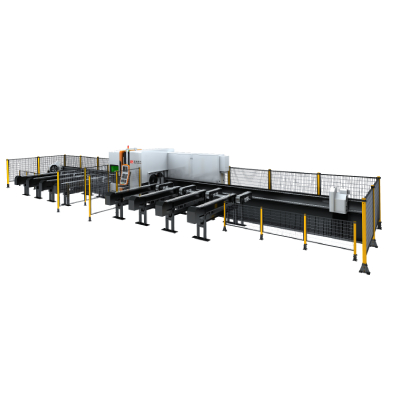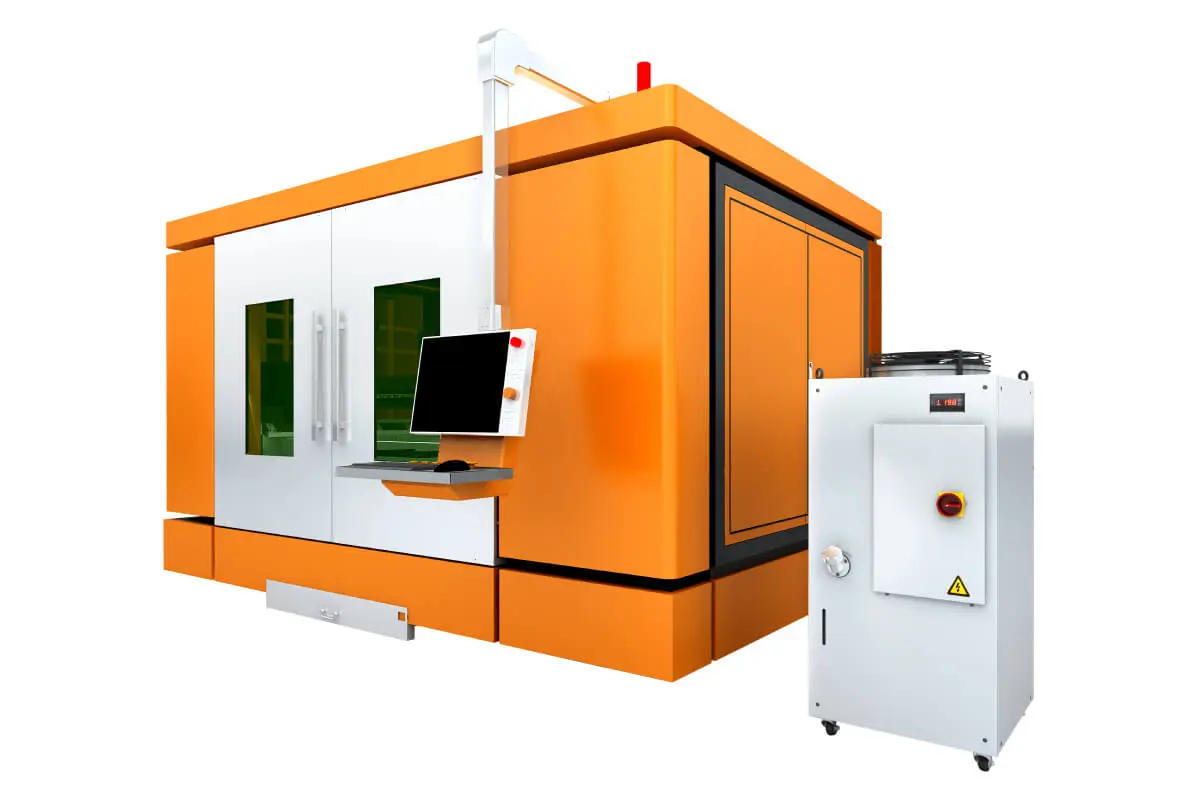Metal cutting is a fundamental process in manufacturing that involves the removal of material from a workpiece to achieve a desired shape, dimension, and surface finish. This essential technique is widely utilized across various industries, including automotive, aerospace, construction, and electronics. With advancements in technology, the methods and tools used in metal cutting have evolved significantly, leading to enhanced efficiency, precision, and versatility. In this article, we will explore the key techniques of metal cutting, their applications, and the latest innovations that are shaping the future of manufacturing.
The Basics of Metal Cutting
Metal cutting can be defined as the process where a hardened tool is used to remove material from a workpiece through mechanical means. This process can be classified into several techniques, the most common being turning, milling, drilling, and grinding. Each of these methods has specific applications, advantages, and limitations.

Understanding the Complexities of Metal Cutting: Techniques, Applications, and Innovations for Modern Manufacturing
1. **Turning**: In turning operations, a workpiece is rotated against a cutting tool, removing material in a controlled manner. This method is often used for producing cylindrical parts and is executed on a lathe machine. Turning is known for its precision and is commonly used in the production of shafts, pins, and bushings.
2. **Milling**: Milling involves the use of rotary cutters to remove material from a stationary workpiece. This technique allows for the creation of complex shapes and should be selected for applications requiring high precision and intricate designs. It is used extensively in industries for producing gears, slots, and various types of parts that need to be machined at different angles.

Understanding the Complexities of Metal Cutting: Techniques, Applications, and Innovations for Modern Manufacturing
3. **Drilling**: This method creates holes in a workpiece through a rotating drill bit. The drilling process can be modified to suit a range of applications, from producing small holes in electronic components to larger ones in structural materials. Drilling is essential in assembly operations and is frequently combined with other metal cutting methods.
4. **Grinding**: Grinding is a finishing process that uses a rotating wheel covered in abrasive particles. Unlike the other methods, grinding is utilized primarily to achieve a fine surface finish and is crucial in the production of high-precision components. It is commonly used in scenarios where parts need to fit closely together, such as in the manufacturing of bearings or precision gears.
Advances in Metal Cutting Technology
Over the years, the field of metal cutting has seen several technological advancements. One of the most significant is the development of Computer Numerical Control (CNC) machines. CNC technology automates the metal cutting process, allowing for high repeatability and precision in complex operations. Operators can input designs directly into the machine, facilitating the production of intricate parts without the need for direct manual intervention.

Understanding the Complexities of Metal Cutting: Techniques, Applications, and Innovations for Modern Manufacturing
Another key innovation is the introduction of advanced cutting materials and coatings. Tools made from carbide, ceramic, and high-speed steel are designed to withstand higher temperatures and pressures, enhancing their longevity and performance. Furthermore, coatings such as titanium nitride (TiN) and diamond-like carbon (DLC) have been developed to reduce friction and increase tool life, further improving efficiency in metal cutting processes.
Applications Across Industries
Metal cutting plays a vital role in numerous sectors. In the automotive industry, for example, precision components are crucial for engine assembly and vehicle safety systems. Aerospace manufacturing relies heavily on advanced metal cutting techniques to create lightweight and strong components that can withstand extreme conditions. Other industries, such as construction and electronics, also depend on efficient metal cutting processes to produce everything from structural steel components to circuit boards.
The Future of Metal Cutting
Looking forward, the future of metal cutting appears to be heading in exciting directions. Automation and robotics are set to play a larger role in manufacturing, improving efficiency and reducing labor costs. Additionally, the integration of artificial intelligence (AI) can lead to smarter machining processes that optimize cutting parameters for better performance.
Metal cutting remains a cornerstone of modern manufacturing, continuously evolving to meet the demands of a fast-paced industrial landscape. As innovations emerge, this fundamental process will only become more efficient and adaptable, paving the way for new possibilities in design and fabrication. Understanding the complexities of metal cutting is critical for anyone involved in manufacturing, as it not only impacts productivity but also the quality of the final products that shape our economy and daily lives. Dual table Fiber Cutting Machine




